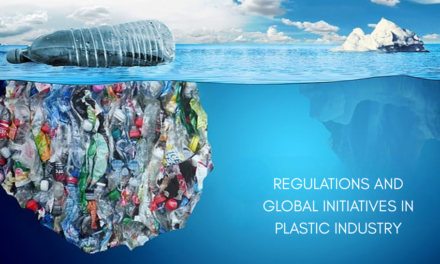The production and use of explosives are heavily regulated to ensure safety, security, and environmental protection. Various international agreements, conventions, and organizations set standards and regulations governing explosives. Here are some key international regulations and frameworks that oversee the production, use, and transport of explosives:
1. The United Nations (UN) Framework
- UN Recommendations on the Transport of Dangerous Goods (Model Regulations): These regulations set global standards for the safe transport of dangerous goods, including explosives, by road, rail, sea, and air. They provide guidelines on packaging, labeling, classification, and documentation required during transportation.
- UN Security Council Resolutions: Some UN resolutions, such as those related to the prevention of the illicit trade of arms and explosives, govern the global security aspect of explosives. These include sanctions on specific countries or groups involved in illicit explosive activities or terrorism.
2. The International Maritime Organization (IMO)
- International Maritime Dangerous Goods Code (IMDG Code): The IMDG Code regulates the transport of dangerous goods, including explosives, by sea. It sets out provisions on packaging, marking, and documentation to ensure safe maritime transport.
- International Convention for the Safety of Life at Sea (SOLAS): This convention requires ships to follow strict safety standards, including those related to the transport of explosives, to protect crew and vessels from accidents.
3. The International Civil Aviation Organization (ICAO)
- Technical Instructions for the Safe Transport of Dangerous Goods by Air: ICAO sets out regulations for the safe transport of explosives and other hazardous materials by air. These instructions cover packaging, labeling, documentation, and special handling requirements for explosives being shipped by air.
- Dangerous Goods Regulations (DGR): These regulations help ensure that explosives and other dangerous goods are safely handled and transported by air carriers, minimizing the risk of accidents.
4. The European Union (EU) Regulations
- European Agreement Concerning the International Carriage of Dangerous Goods by Road (ADR): The ADR Agreement sets standards for the transportation of explosives and other hazardous materials across Europe by road. It includes provisions on packaging, labeling, documentation, and emergency procedures.
- Directive 2008/43/EC (European Explosives Directive): This directive focuses on the control and monitoring of explosives in the EU. It addresses the manufacture, sale, storage, and use of explosives and aims to enhance safety standards across member states.
5. The Bureau of Alcohol, Tobacco, Firearms and Explosives (ATF) – United States
- ATF Explosives Regulations: In the U.S., the ATF regulates explosives under the Gun Control Act of 1968 and the Explosives Control Act. These laws control the manufacturing, importation, distribution, and storage of explosives. The ATF also issues licenses and enforces regulations concerning the security and safe handling of explosives.
- Environmental Protection Agency (EPA) Regulations: The EPA enforces environmental regulations related to explosives manufacturing, particularly those involving hazardous waste, pollution, and chemical byproducts.
6. The International Labour Organization (ILO)
- ILO Convention No. 174 (Safety in the Use of Chemicals at Work): Although not specifically focused solely on explosives, this ILO convention addresses the safe use of chemicals in industrial processes, including explosive substances, and requires that workplaces take measures to prevent accidents and exposure.
7. The Organization for the Prohibition of Chemical Weapons (OPCW)
- Chemical Weapons Convention (CWC): The CWC prohibits the use, development, production, and stockpiling of chemical weapons, which include chemical explosives and toxic substances. It provides oversight on the destruction of chemical weapons, including those that contain explosives.
8. The International Atomic Energy Agency (IAEA)
- Nuclear Security Regulations: The IAEA provides guidelines on the safe handling of explosives used in nuclear weapons and materials, focusing on safety, security, and non-proliferation of nuclear weapons.
9. The Arms Trade Treaty (ATT)
- Regulating Arms and Explosives Trade: The ATT, adopted by the UN General Assembly in 2013, governs the international trade of conventional weapons, including explosive devices. It aims to reduce illicit arms trafficking and ensure that exports of explosives and other weapons comply with international standards and human rights laws.
10. The Convention on Certain Conventional Weapons (CCW)
- Protocol on Explosive Remnants of War (ERW): The CCW is an international treaty that seeks to prohibit or restrict the use of certain conventional weapons, including landmines and other explosive remnants of war. This protocol ensures that explosive remnants left behind after conflicts do not pose a danger to civilians.
11. National Regulations
- Each country also has its own set of national regulations governing explosives. These regulations typically focus on:
- Licensing: Who can manufacture, store, and use explosives.
- Storage and Handling: Requirements to minimize the risk of accidental detonation or leaks.
- Security: Measures to prevent theft, diversion, or misuse of explosives.

















